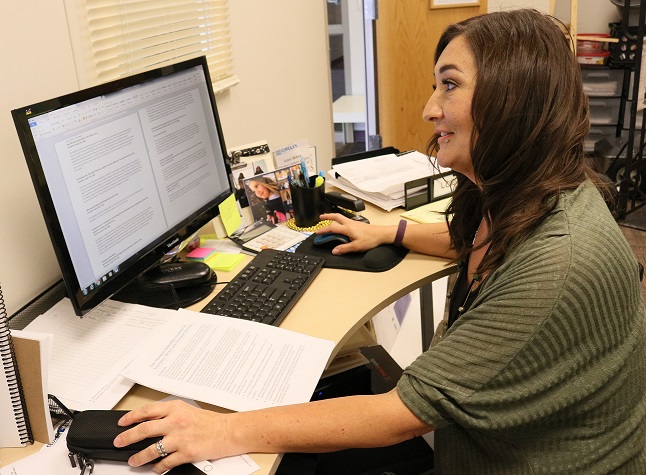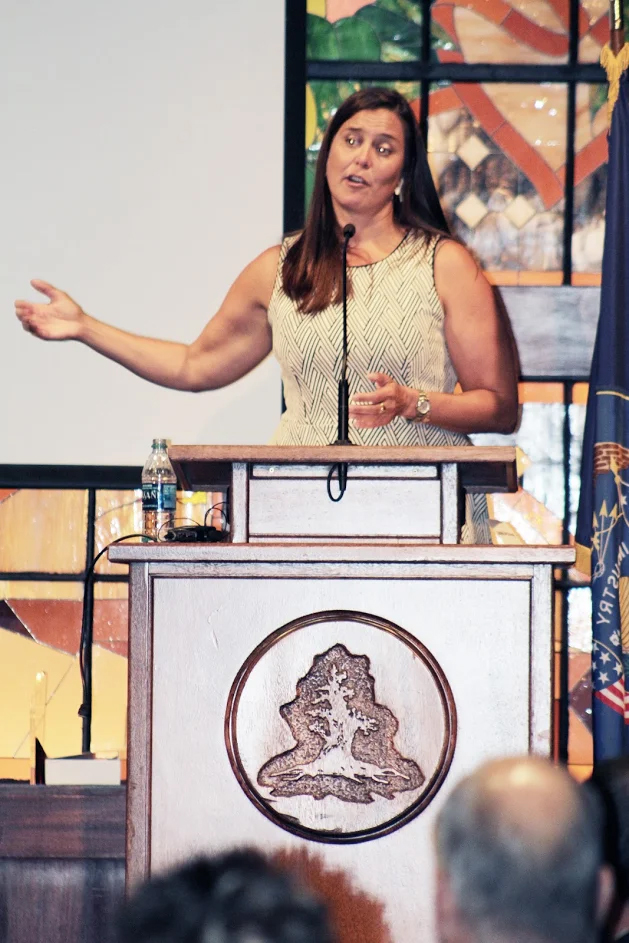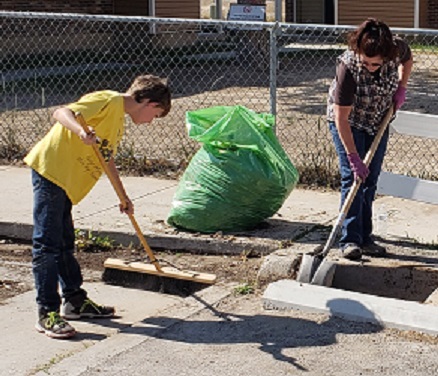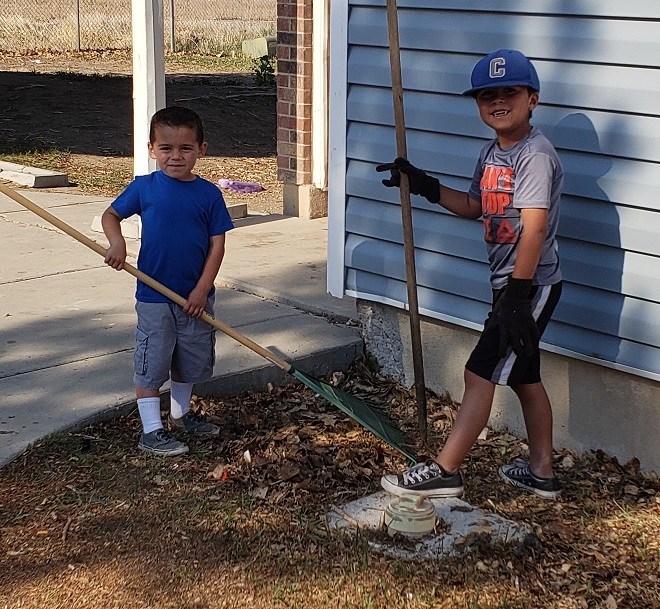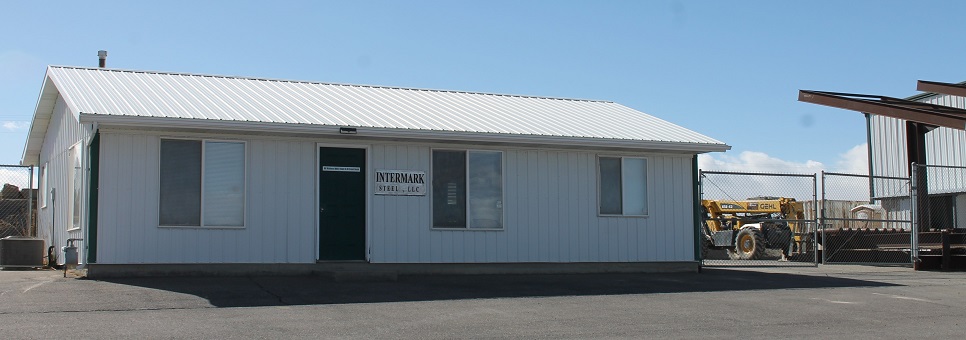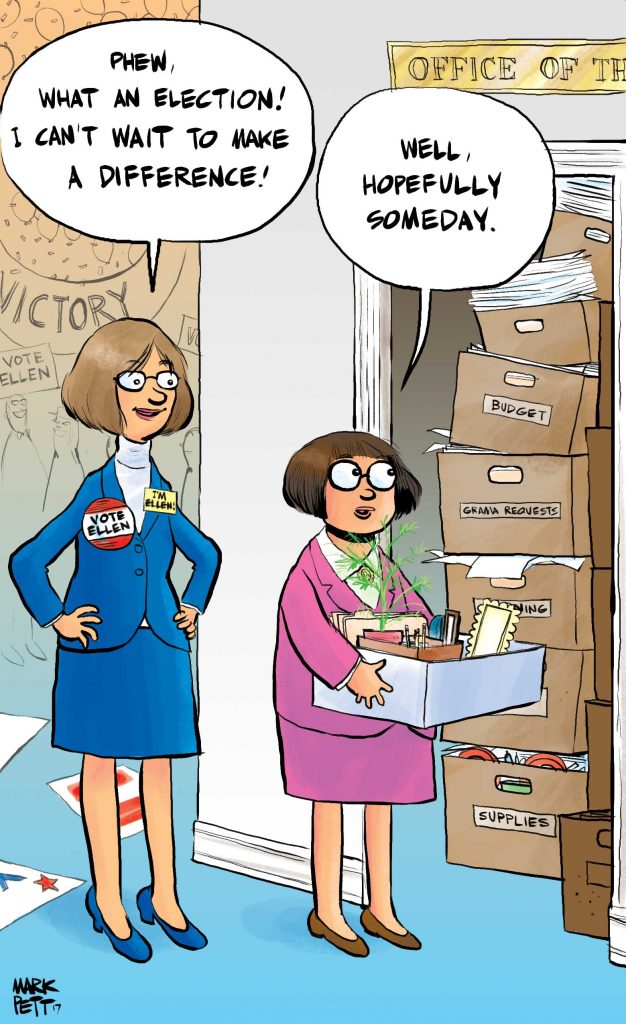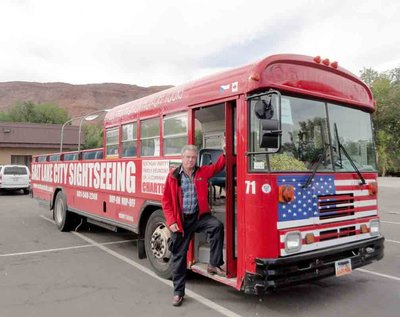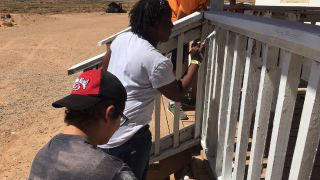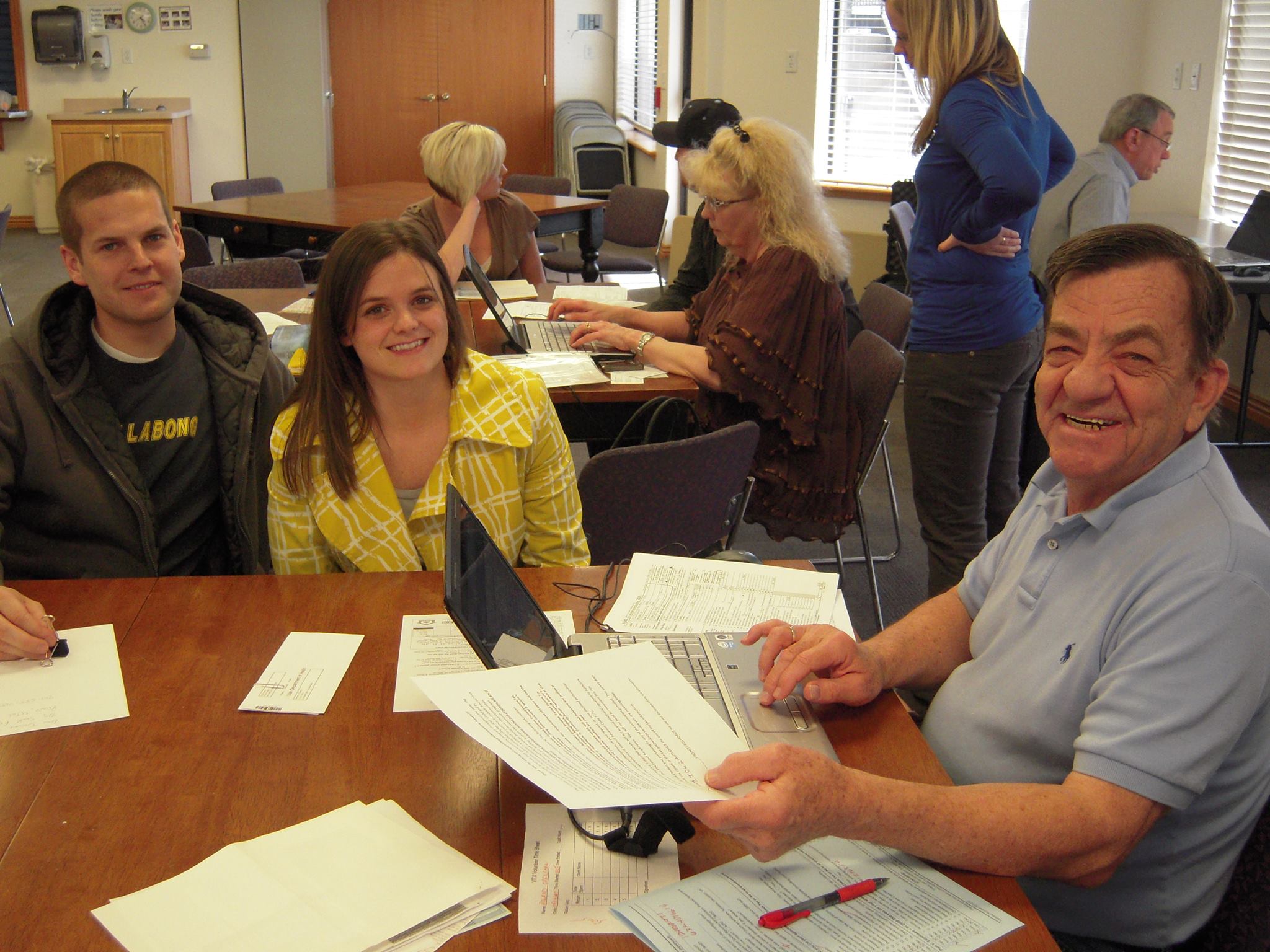Southeastern Utah Association of Local Governments PRESS RELEASE
Date of release: 08-06-18
Contact person: Richard Shaw, contract public relations specialist
Phone: 435 636 5343
A number of movements are in action to help the economically disadvantaged and others in Carbon County
The Southeastern Utah Association of Local Governments (SEUALG) is working with others in the community to help those that are economically disadvantaged to get a better life in the Carbon County community.
First they are part of a group called the United Community Housing Alliance of Carbon County. To start the group has been focusing on the Hidden Valley Apartments behind Walmart.
“What we have been working on is beautification of the area,” said Renee Raso, a HEAT Specialist and Carbon County Circles Program Coach that works out of the AOG. “We want to clean the place up and till up the large field in front of the apartments and utilize it for a play area and a community garden with grow boxes on it.”
The effort is part of the Big View Team of Carbon County Circles, a program that is being administered to help mitigate intergenerational poverty in the county.
The housing authority has submitted a grant to improve the field. The submissions are being processed through Build it with KaBOOM! That organization puts out grants to areas that need it based on their funding and if the grant is awarded the complex will have a Design Day in which users, including many kids, will get to design their dream playground.
While people from the community services area of the AOG are involved, it is a group effort of agencies, businesses and individuals making things happen. Obviously Gayla Presett, the Director of the housing authority is involved in the move. Also in the group is Cheryl Thayn and Kat Krum of United Way.
Private businesses that are helping out include Kyle Heffernan from Sutherlands (whose store is donating $1500 for the grow boxes, soil and supplies). IntermountainFarmers is also involved with Doug Warden the Manager who will be donating soil and other items. The Kiwanis Club will also be donating $500 when as the project moves farther along.
But there is more here than just fixing sprinklers, tilling up soil, cleaning up the area and box farming. There is an effort to grow beneficial relationships as well. The Carbon County Sheriff’s Office is also involved in doing some foot patrols to get acquainted with the residents. The intention of that effort is to grow a good relationship with the peace officers in the area. They are also donating a grow box as well.
Polly Atwood from Juvenile Justice is also planning to do some classes on strengthening families.
Terry Johnson from the SUN Center at USU Eastern along with students who work with him are involved too. Every Saturday students from the University (through the SUN Center) go to the complex and do sports activities with the kids there. They have also donated sports equipment to the Housing Authority that kids can check out and use.
The housing authority is also considering applying for a grant for computers in the complex that students can use to do their homework. Those would be located in a room near the complexes administration office.
United Way also sponsored a dance group this summer called Step Up so that kids could get into a program they could afford. The fee was $10 and if they attended they got $5 back. Krum came up with the idea for the group, and had cheerleaders from Carbon High come and work with the kids. A recital with the kids was done late last month at the Price Civic Auditorium with the help of Terry Willis, a councilwoman in Price. There are also many people that donated costumes for the dancers. That program was for any low income families in the community, not just those from Hidden Valley.
On June 12 a group of volunteers went to the complex and did an outside cleanup around it. Many residents were involved, including a number of children. After the work was done there was a barbecue for those that participated.
“There were more kids than there were adults, but a lot of the people who live there work during the day so we expected that,” stated Raso. “We are going to set up another day like that in August and we will do it in the evening so more people can be involved.”
The group is in need of volunteers for the cleanup or for other kinds of activities that will be going on.
“We want anyone who wants to come to help out and we have all kinds of things they can do to help,” said Raso.
She said in time the goal is to work on the public housing grounds and facilities that is just off of Cedar Hills Drive as well.
Another thing that has taken place to help those with economic challenges is that the AOG recently had a 14 passenger bus donated to the agency to use for community support. The bus came from Active ReEntry and formerly was a Utah Transit Authority transit van.
Geri Gamber, the Executive Director of SEUALG said that the new vehicle will open up all kinds of possibilities for those that have transportation challenges.
“What we would like to do is use it for youth who are living in county housing so they can get to activities, events and sports they want to participate in,” said Gamber. “We do have a few challenges to get it going so it isn’t ready quite yet.”
One of those challenges is funding a repair of the air conditioning on the bus and the other is coming up with money for insurance for it. Operating it will also cost some money, although Easter Seal is trying to step up to provide drivers for the vehicle.
“The good thing is that because it is under 15 passengers, a driver operating it does not have to have a CDL to drive it,” she said.
She pointed out there may also be some grant possibilities for funding drivers for the bus.
There have been some unique ideas put forth by various people about how to fund the operation. One is to sell advertising on the side of the bus, like UTA does. Another is to seek some funding from businesses that could use such a vehicle, such as retirement homes in the area, to help support the operation.
“We are seeking some community partners that could help us in providing money for the buses operation,” said Gamber. “Since there is no mass transit in the area this could solve part of that problem for those with limited resources.”

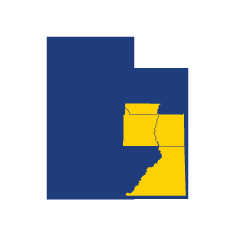
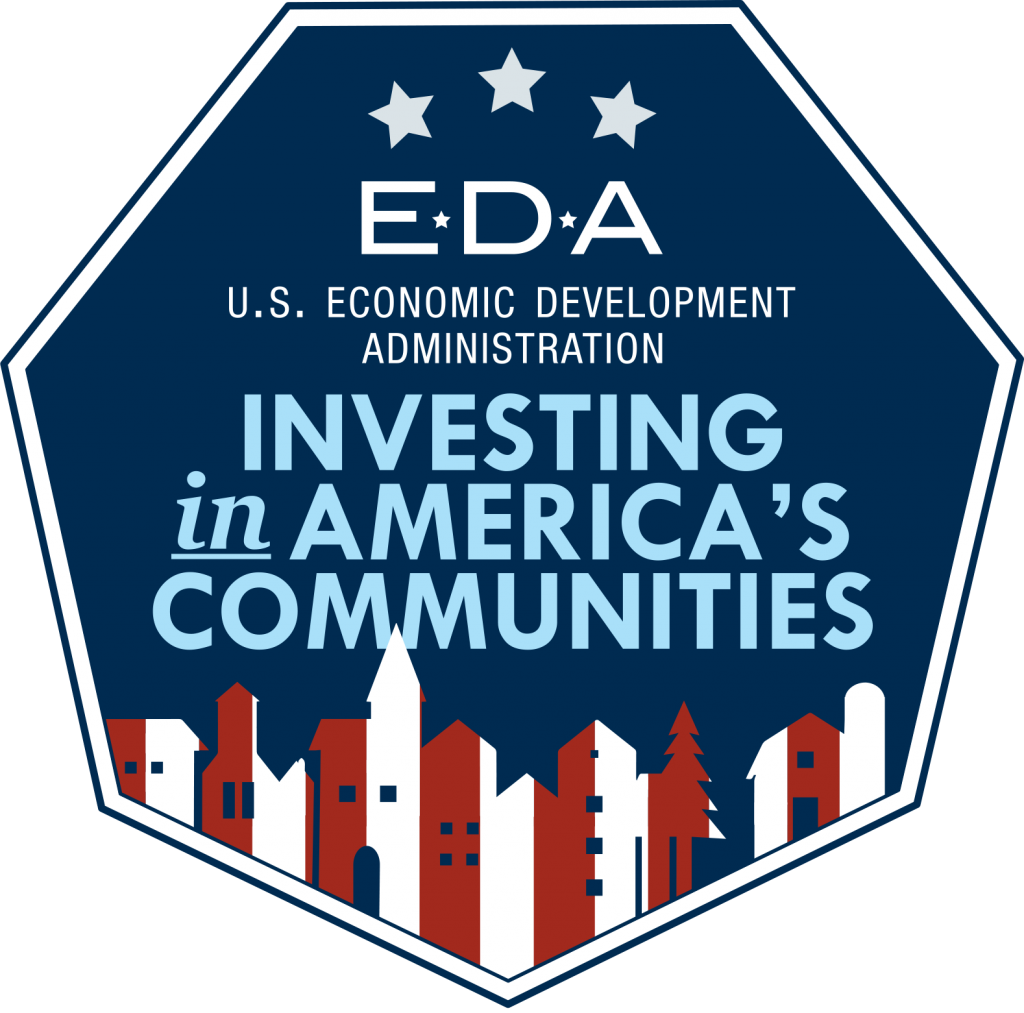





 Tristan Garvin works with Renee Raso on her taxes utilizing the VITA program.
Tristan Garvin works with Renee Raso on her taxes utilizing the VITA program.